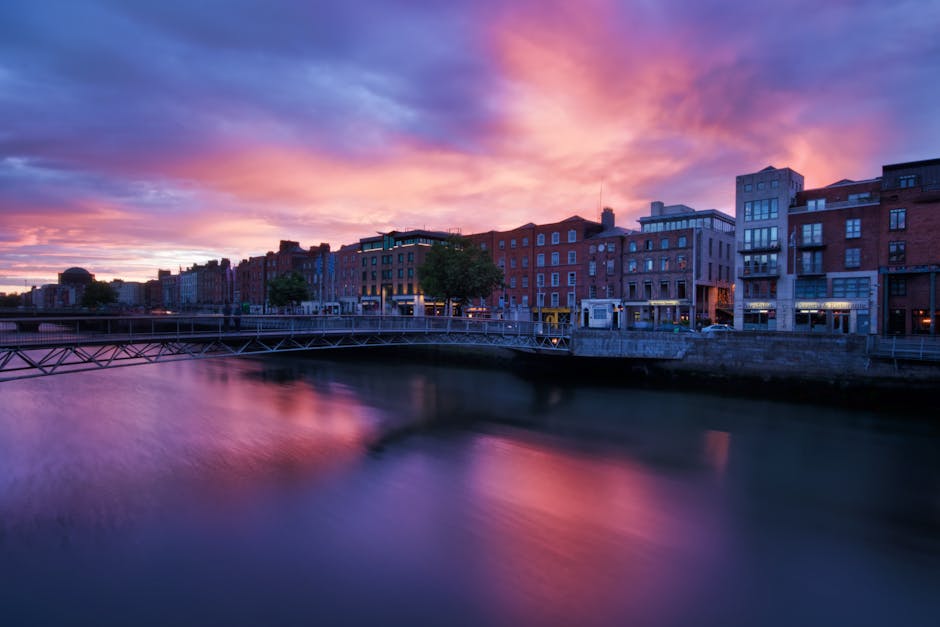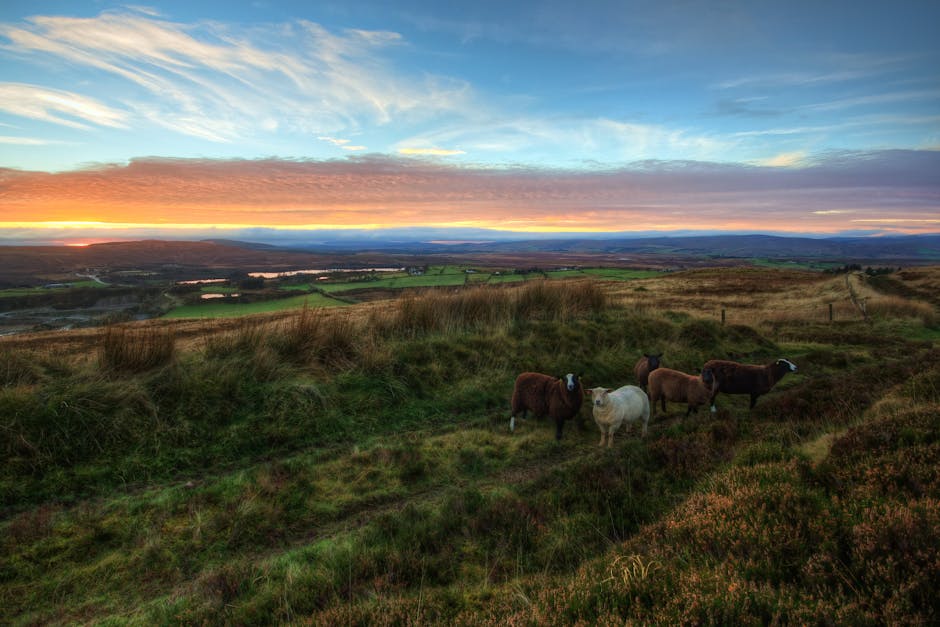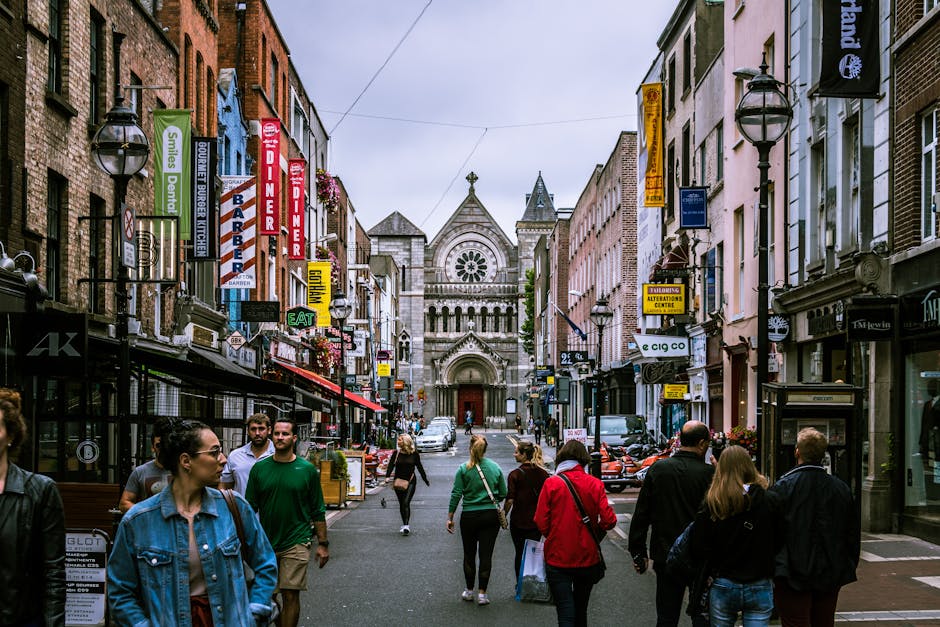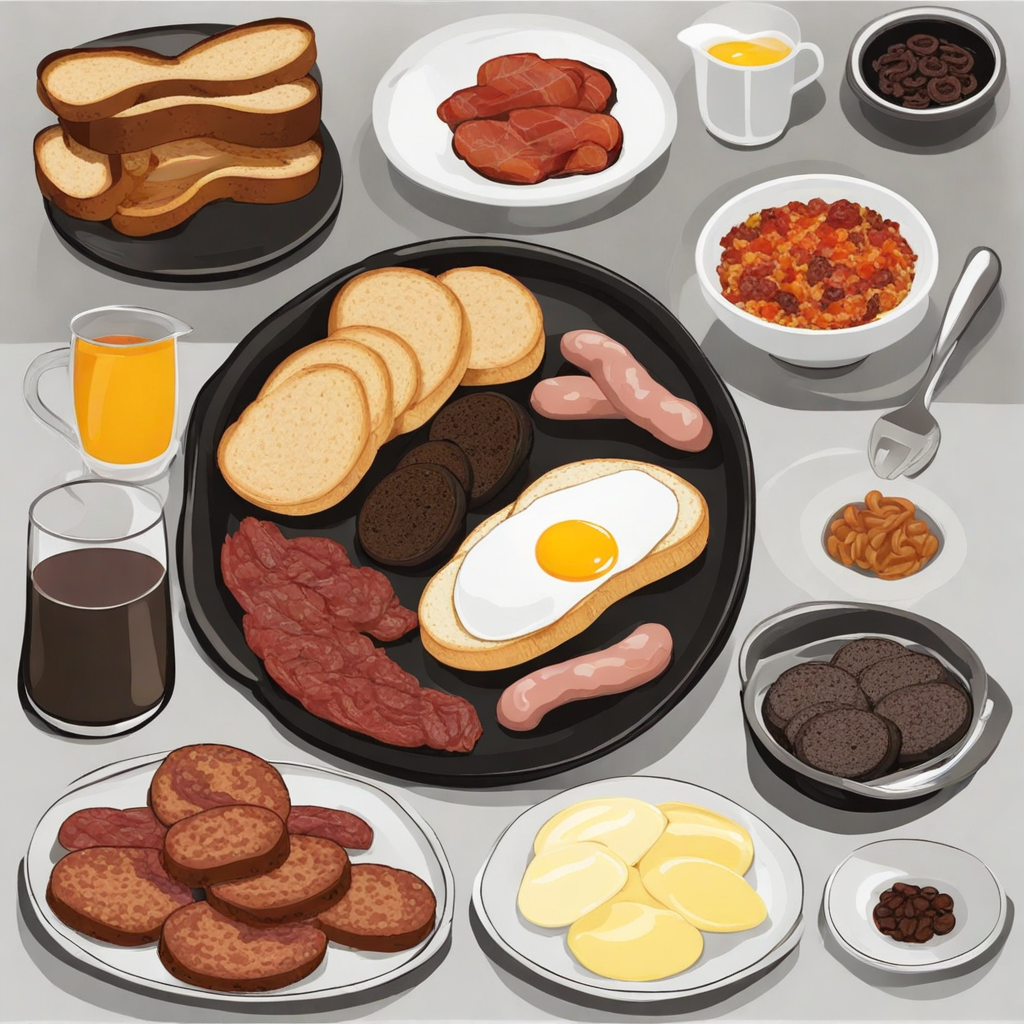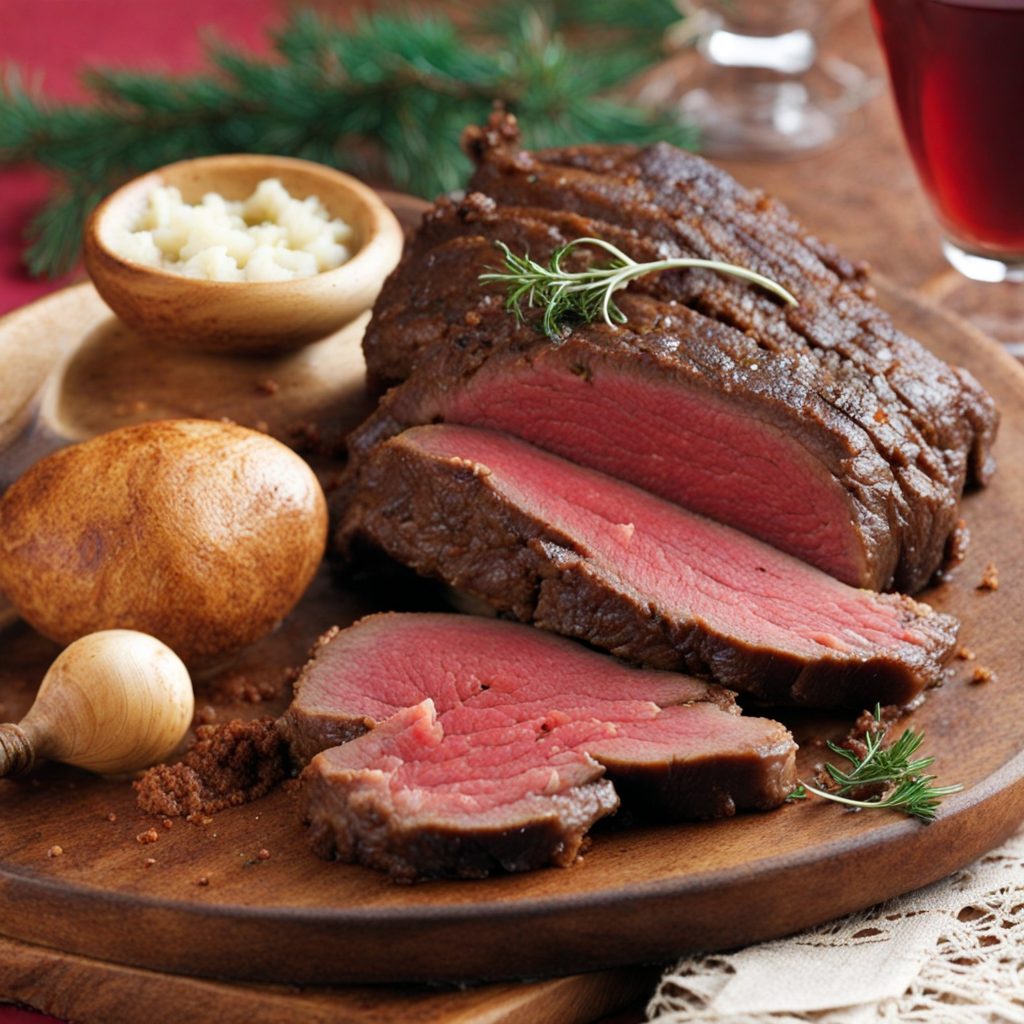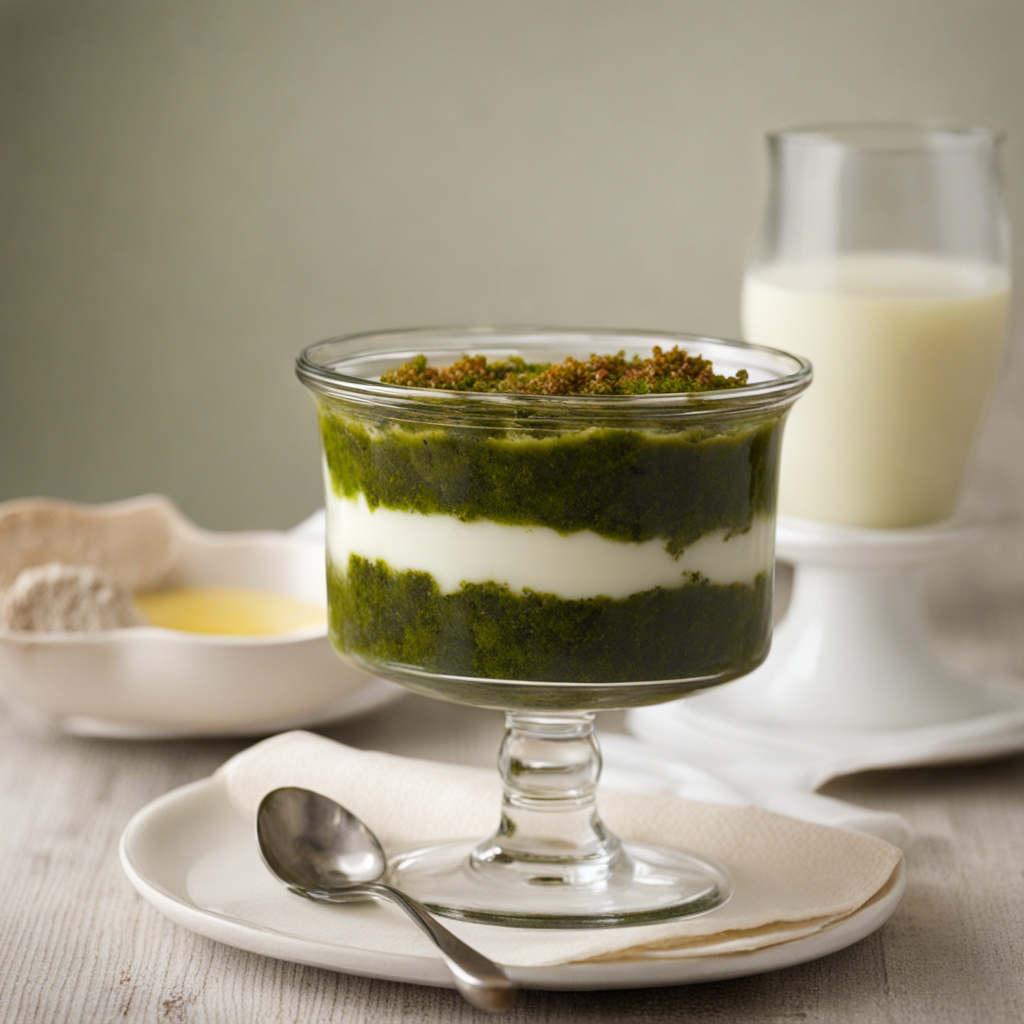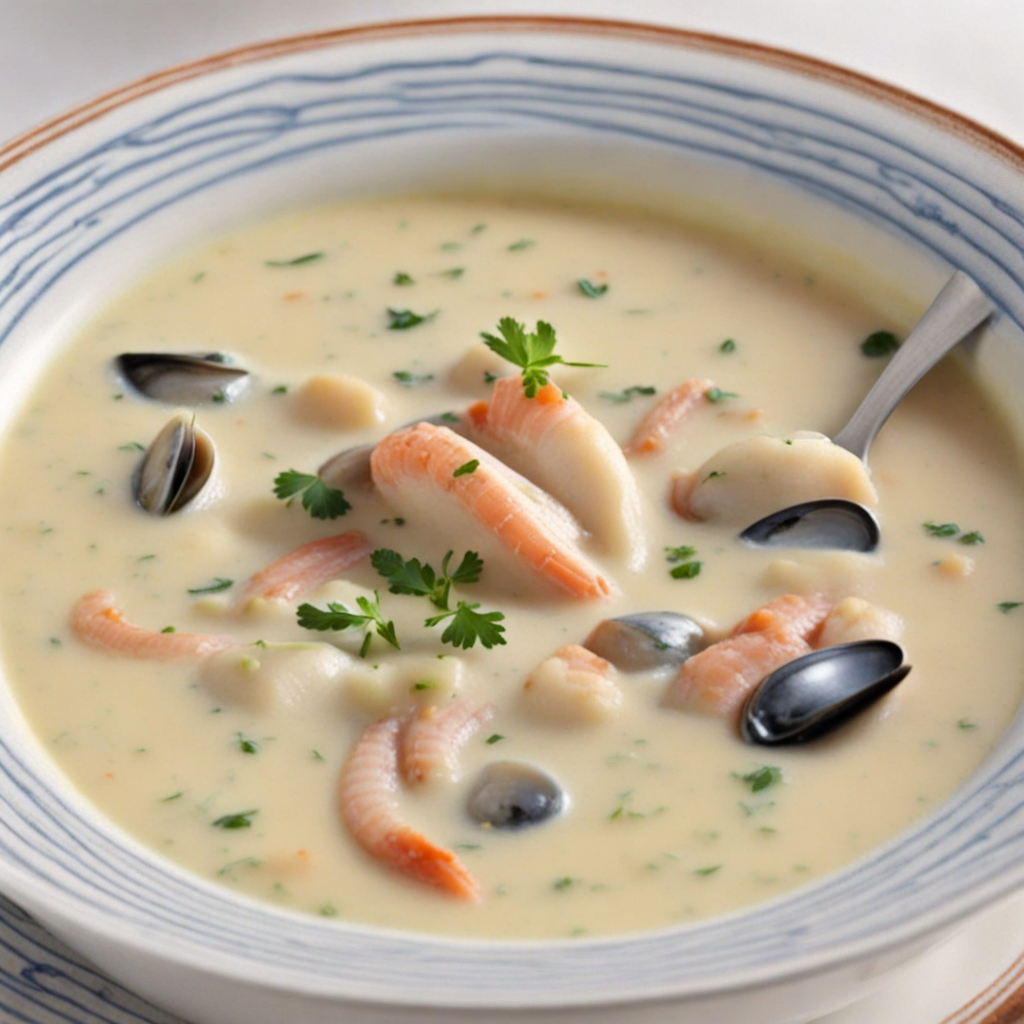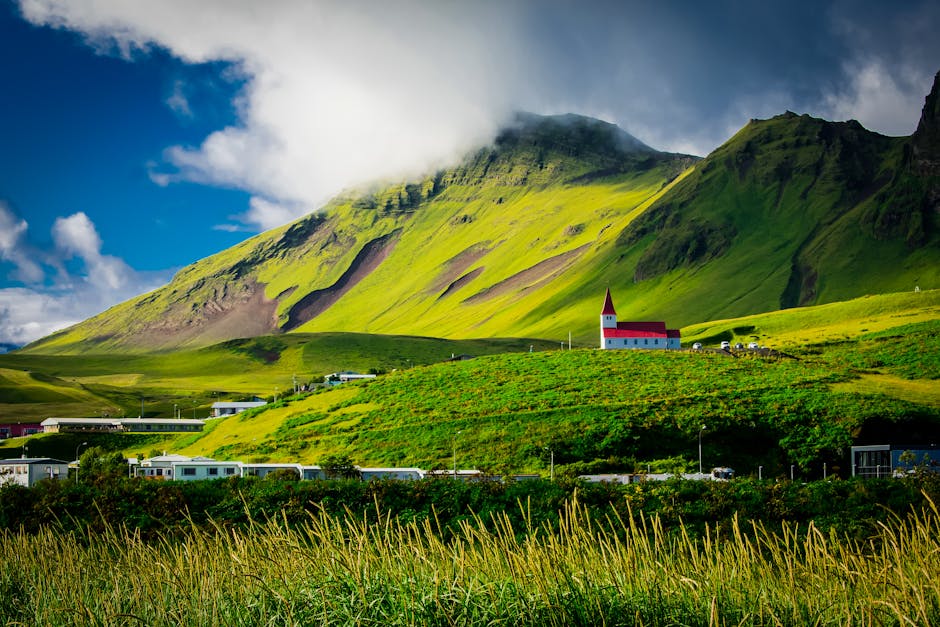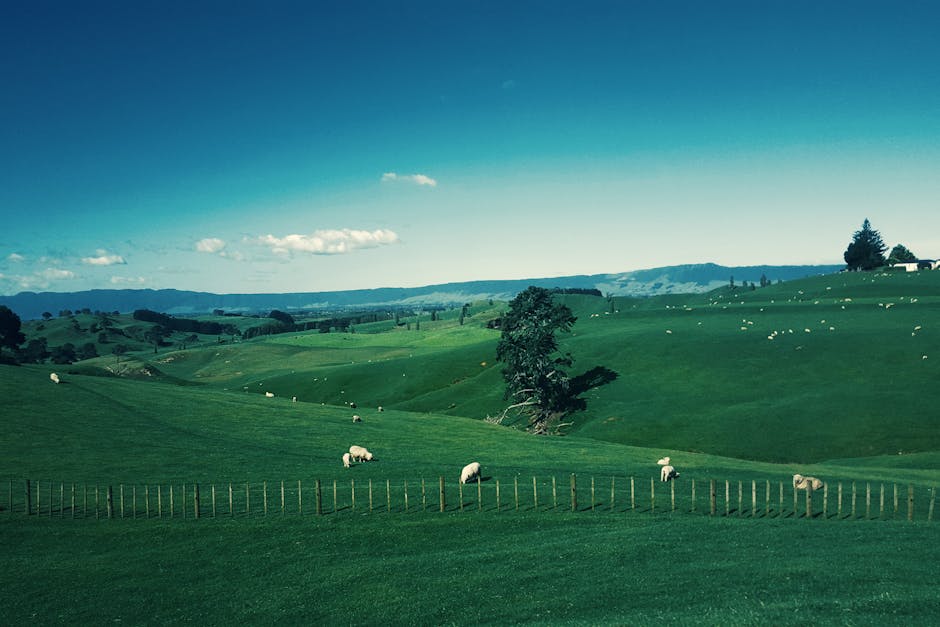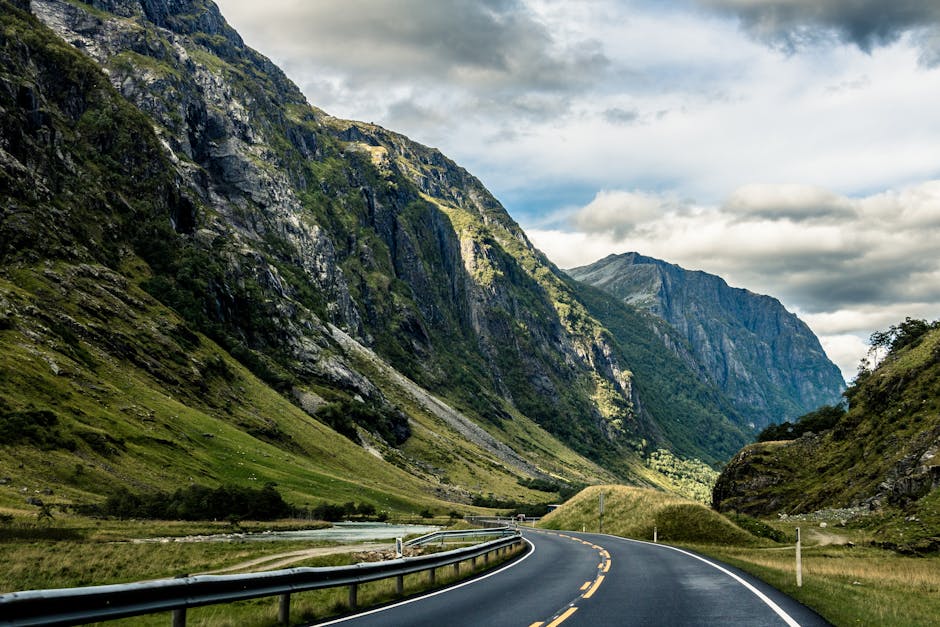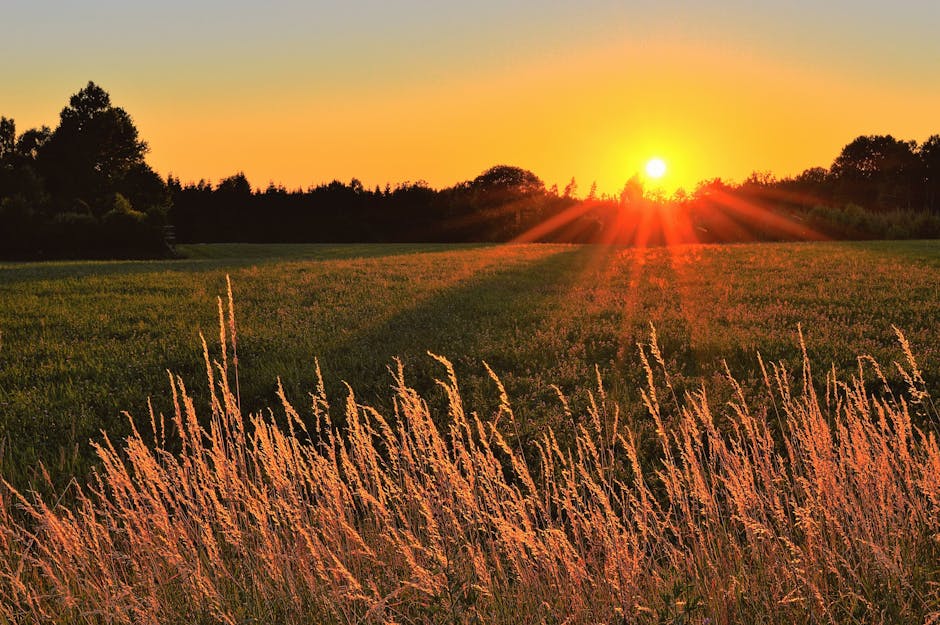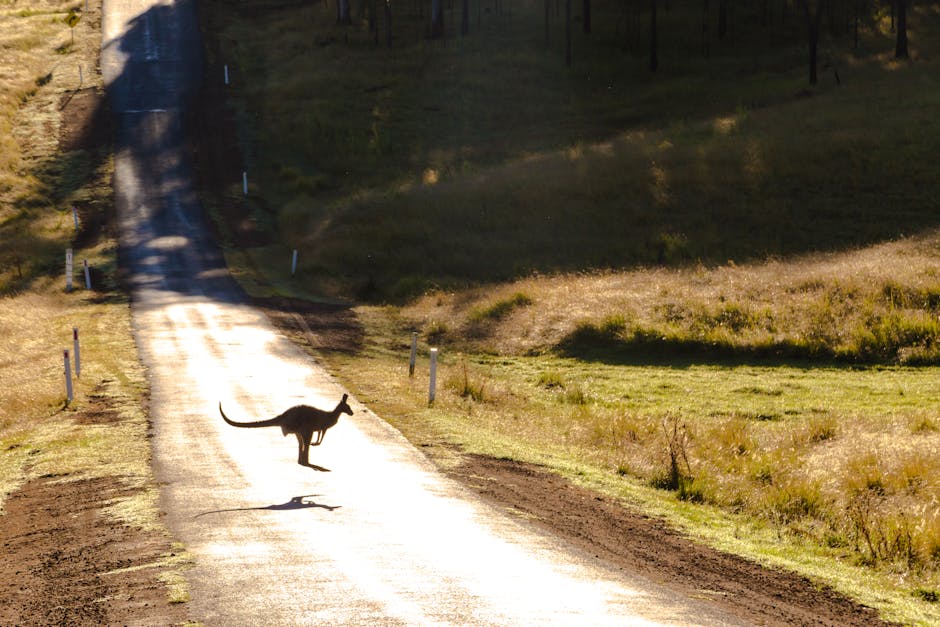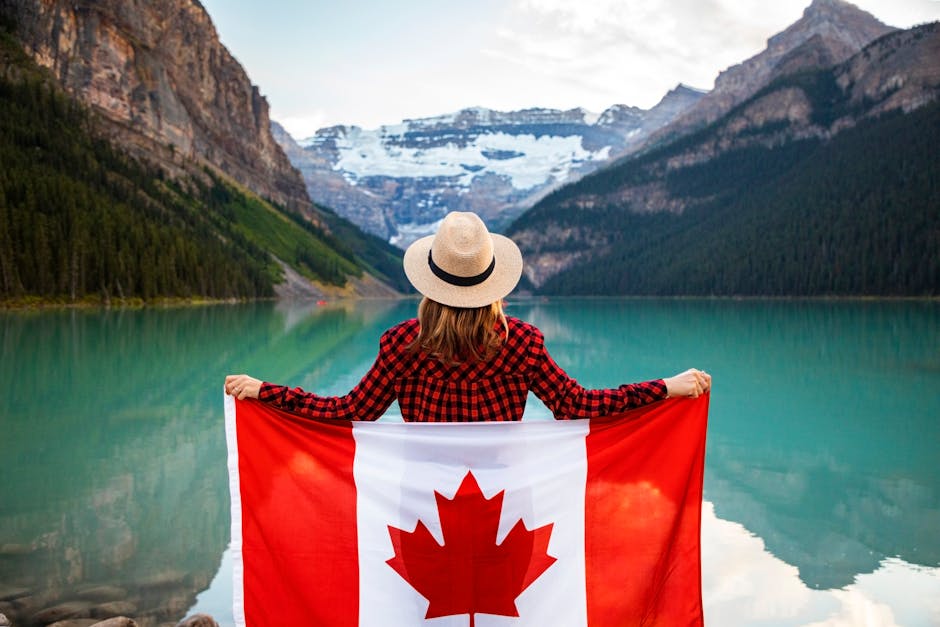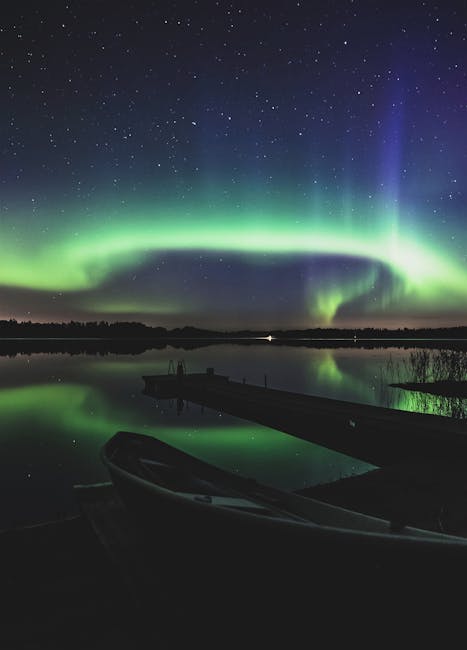Ireland
Overview
Ireland: The Emerald Isle
Firstly, Ireland, also known as the Emerald Isle, is a country steeped in rich history and culture. Its lush green landscapes, towering cliffs, and charming rural towns and cities make it a unique destination like no other. The Irish culture is known for its friendly and hospitable people, its love for traditional music and dance, and its strong Gaelic heritage. The country is also famous for its mythical stories, ancient castles, and its unique pub culture. Visitors can immerse themselves in the Gaelic Games, explore the ancient Celtic sites, enjoy traditional Irish music sessions, and indulge in the local cuisine.
Tourism Season
Secondly, the high season for tourism in Ireland is during the summer months, from June to August, when the weather is warmest and the days are longest. During this time, the average temperature ranges between 15 to 20 degrees Celsius, making it perfect for outdoor activities. Visitors can enjoy visiting the magnificent Cliffs of Moher, exploring the historic Ring of Kerry, or hiking in the stunning Connemara National Park. Summertime also hosts various festivals such as the Galway Arts Festival and the Rose of Tralee. However, there are activities for all seasons, including cozy pub visits during the colder months.
Travel Tips
Lastly, before visiting Ireland, travelers should ensure they have the necessary travel documents. Ireland is part of the European Union, so EU citizens only require a valid ID card, while non-EU citizens typically need a passport and possibly a visa, depending on their country of origin. It's advisable to pack clothing suitable for changeable weather as Ireland is known for having "four seasons in one day." A good quality raincoat is a must. Also, remember to pack a good pair of walking shoes to explore the countryside and cities. Ireland uses the Euro (€) as currency, so ensure to have some on hand for smaller establishments that may not accept cards. It's also recommended to have a plan for staying connected, whether that's purchasing an Irish SIM card or ensuring your current plan covers international travel.
A Glimpse into the Past
The history of Ireland is a rich tapestry woven with tales of resilience, culture, and transformation. From ancient times to modern developments, Ireland's past is marked by significant events and remarkable figures that shaped its unique identity. For travelers, understanding this history enhances the experience of exploring the Emerald Isle.
One of the earliest chapters in Irish history begins with the arrival of the Celts around 500 BC. These tribes brought with them a vibrant culture that emphasized oral tradition, mythology, and artistry. Travelers can explore ancient sites like Newgrange, a prehistoric passage tomb in County Meath, which dates back to around 3200 BC, predating Stonehenge and the Great Pyramids. This UNESCO World Heritage site is an extraordinary example of Neolithic engineering and spirituality, with its intricate carvings and alignment with the winter solstice.
As the Celtic influence spread, Ireland became a patchwork of small kingdoms known as tuatha. By the 5th century AD, the arrival of Christianity, largely attributed to figures like Saint Patrick, began to reshape Irish culture. The story of Saint Patrick’s conversion of the Irish is celebrated globally, and his legacy can be felt in the cultural fabric of the nation. The Rock of Cashel, a stunning historic site in County Tipperary, is said to be the place where Saint Patrick baptized the King of Munster. This site features remarkable medieval architecture and offers breathtaking views of the surrounding landscape.
The subsequent centuries saw the rise of powerful monastic centers, with places like Clonmacnoise and Kells becoming hubs of learning and art. The Book of Kells, housed at Trinity College Dublin, is one of the most famous illuminated manuscripts from this period. Its intricate designs and vivid colors reflect the high level of artistry achieved by Irish monks during the early Middle Ages. Travelers can immerse themselves in this rich heritage by visiting these ancient sites and viewing this masterpiece.
The Viking invasions in the 8th and 9th centuries added another layer to Ireland's complex history. The Norse established coastal settlements, most notably in Dublin, which became a significant trading port. The city itself is a blend of modern vibrancy and historic charm, with landmarks such as Dublin Castle and the Christ Church Cathedral offering glimpses into its storied past. The Viking influence is still evident in the city's architecture and place names, making Dublin a fascinating stop for history enthusiasts.
The emergence of the Normans in the late 12th century marked a new phase in Ireland’s history. They established strongholds and brought feudalism to the island. The Castle of Trim, the largest Anglo-Norman castle in Ireland, stands as a testament to this era. Its imposing structure and surrounding landscapes are reminders of the turbulent times when power struggles were common and allegiances shifted. Today, Trim is a popular destination for travelers seeking to explore Ireland's medieval history.
The tumultuous relationship between the English crown and the Irish people intensified during the 16th and 17th centuries, leading to a series of conflicts and uprisings. The Williamite War culminated in the famous Battle of the Boyne in 1690, a pivotal moment in Irish history that is commemorated annually by the Protestant community. The Giant's Causeway in Northern Ireland, though primarily a natural wonder, also represents the cultural and political divides that have shaped the island. As a UNESCO World Heritage site, it attracts visitors with its stunning hexagonal basalt columns formed by volcanic activity.
The 18th century saw the rise of the Irish Parliament and a burgeoning sense of national identity, which was met with increasing repression from British rule. The Act of Union in 1800 abolished the Irish Parliament and created the United Kingdom of Great Britain and Ireland. This act fostered a growing desire for independence, leading to movements that sought to reclaim Irish sovereignty. The Irish Rebellion of 1798 and the later Young Irelander Rebellion of 1848 are significant events that reflect the struggles of the Irish people against oppression.
The Great Famine of the mid-19th century devastated the population, leading to mass starvation and emigration. This tragic event is a crucial part of Ireland's narrative, shaping its demographics and cultural landscape. Today, sites such as Irish Famine Memorial in Dublin serve as poignant reminders of this dark chapter. The memorial, along with various museums, provides context for understanding the Famine's impact on Irish society and its diaspora.
The early 20th century was marked by a series of uprisings seeking independence from British rule, culminating in the Easter Rising of 1916. This pivotal event, although initially unsuccessful, ignited a passion for independence and led to the establishment of the Irish Free State in 1922. The GPO (General Post Office) in Dublin was the headquarters of the rebels and remains a significant historical site, symbolizing the fight for Irish sovereignty.
The subsequent decades were characterized by political strife and civil unrest, particularly in Northern Ireland, where tensions between nationalist and unionist communities led to the Troubles. This period of conflict from the late 1960s to the 1998 Good Friday Agreement was marked by violence and division. Today, sites like the Peace Wall in Belfast and the Museum of Free Derry provide insights into the complexities of this troubled history and the ongoing efforts toward reconciliation.
In contemporary times, Ireland has experienced significant social and economic changes, emerging as a vibrant member of the European Union. The country's capital, Dublin, is now a bustling metropolis known for its tech industry and cultural renaissance. The Guinness Storehouse offers an interactive experience of Ireland's most famous beer while showcasing the rich brewing heritage.
As travelers explore Ireland, they will find that its history is not just a collection of events but a living narrative that resonates through its landscapes, people, and culture. From the ancient ruins to the lively streets of modern cities, the echoes of Ireland's past continue to inform the present, making every visit a journey through time. Whether standing atop the cliffs of Moher or wandering through the ancient streets of Galway, the spirit of Ireland's history envelops all who come to appreciate its beauty and complexity.
Top cities for tourists in Ireland
Discover the Famous Cities That Might Captivate Your Interests
Must-Try Foods You Can't Afford to Miss
Indulge in a Variety of Fantastic Foods During Your Stay in Ireland
May Be Your Next Destinations
People often choose these countries as their next destination


